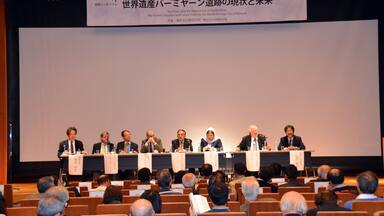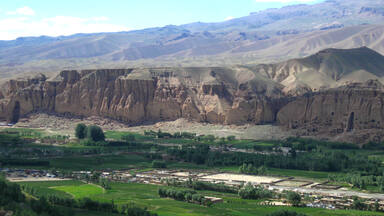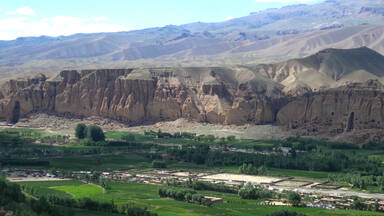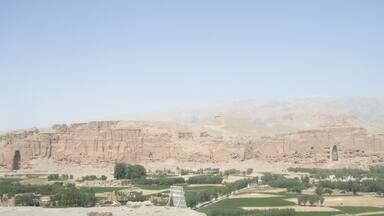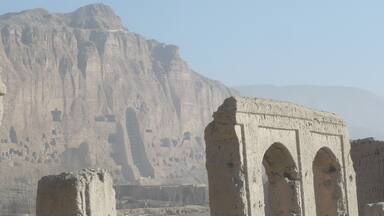The aims of this project are to substantially improve the state of preservation of the Bamiyan site, to ensure the long term consolidation of the site, to increase the national capacity in the conservation of cultural heritage, and to create a basis for the inception of cultural tourism in Bamiyan.
Phase II of the project was begun in May 2005 and will build on the results from the first phase carried out in 2003 and 2004. In light of the continuation of safeguarding activities in 2006, the UNESCO Kabul Office, in close cooperation with the Afghan Ministry of Information, Culture and Tourism, is organizing the Fourth Expert Working Group on the Preservation of the Bamiyan Site in order to review work already carried out, to set priorities, to secure funding and to coordinate activities to be implemented next year. This technical meeting is scheduled to take place from 7 to 10 December 2005 in Kabul.
Expected Results:
- The Management Plan for the site as World Heritage property and a Master Plan for the Safeguarding of the Bamiyan site finalized;
- Mural paintings conserved and documented;
- The long-term consolidation of the cliffs and niches ensured;
- Fragments of the small and large Buddha statues conserved;
- Archaeological activities organized and results published;
- Capacities and expertise of Afghan cultural-heritage experts in heritage conservation and management strengthened;
- Income for the Afghan community, in particular archaeologists, engineers, craftsmen, and local workers generated;
- A national strategy for the preservation of Cultural Heritage commenced;
- Basis for the inception of cultural tourism to Bamiyan and, hence, a general positive impact on the economic situation of the valley created;
- The Afghan people's awareness of their past and their cultural identity, in particular with regard to the Buddhist period, re-appropriated and enhanced.
| Lead Organization / Sector / Office | World Heritage Centre and UNESCO Kabul Office |
| Donor country | Government of Japan |
| Total Project Cost | US$ 1,408,060 |
| Associated Organization(s) | ICOMOS; National Research Institute for Cultural Properties, Tokyo; PASCO; Aachen University, Germany; RODIO |


